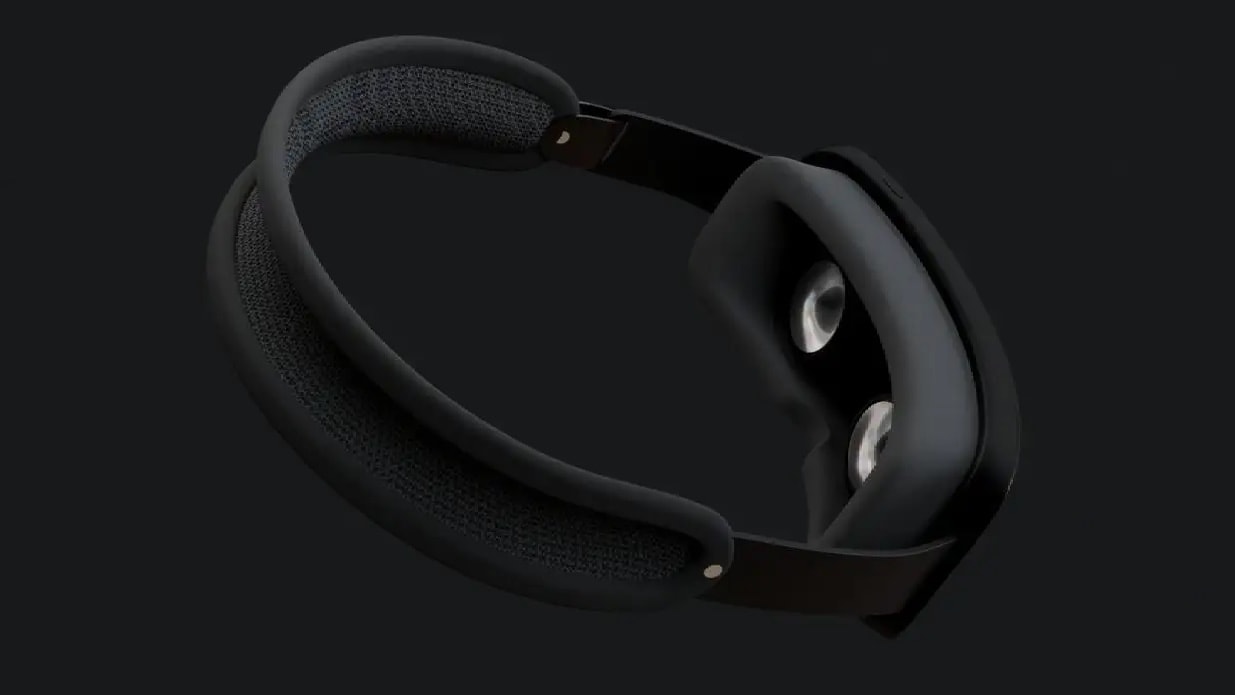Rumored specs of the micro OLED panels Apple plans to use in its upcoming VR/AR headset indicate the device could deliver ultra-realistic clarity that makes virtual worlds look real.
The headset, which could be called “Reality Pro” or “Reality One,” will use two 1.41-inch micro OLEDs with a pixel density of 4,000 PPI, according to a respected display analyst.
Apple’s AR/VR headset micro OLED displays could get really bright
Apple’s long-rumored mixed-reality headset, which the company reportedly plans to unveil next week at WWDC23, represents a bold gamble for Cupertino as it sets out to stake a claim in an emerging market. If rumors prove true, Apple’s headset will cost far more than competitors’ devices, which have so far failed to set the world on fire.
Delivering a far superior product — loaded with expensive sensors, cameras and other exotic hardware — seems to be Apple’s plan. (The fact that the device reportedly will use a familiar interface and be capable of running iPad apps won’t hurt, either.)
The high-resolution micro OLED displays sound like an important part of the equation. The two panels in Apple’s headset apparently will offer a perceived resolution greater than 4K per eye, with a peak brightness of 5,000 nits. The high brightness level should mean a more immersive experience, with deeper contrast and richer colors.
If those specs sound insane, that’s because they are. For comparison, the Apple Watch Ultra and the iPhone 14 Pro can reach a peak brightness of 2,000 nits. No other mixed-reality headset currently uses such high-end micro OLED displays. Meta’s Quest 2, for example, achieves a brightness of around 100 nits, while the Sony PSVR 2 headset hits 265 nits.
You want more, I will give you more: Micro OLED specs for Apple's AR/VR headset:
1.41" in diagonal
4000 PPI
>5000 nits of brightness— Ross Young (@DSCCRoss) May 30, 2023
Insane specs of Apple’s AR/VR headset displays
With such high brightness and pixel density, the AR/VR content you view in an Apple headset should look almost real.
These specs come from analyst Ross Young, the CEO of Display Supply Chain Consultants. He has a relatively accurate track record, so there’s little reason to doubt his claims.
XR nerd Brad Lynch recently tried out a 4K micro OLED panel for mixed-reality headsets at SID Display Week 2023. If his experience is anything to go by, Apple’s upcoming offering could blow the mind of a lot of people once they get their hands on it.
This 4K per eye display actually feels REAL
Holy crap, I’m already ruined pic.twitter.com/2RgIAb1tl7
— Brad Lynch (@SadlyItsBradley) May 23, 2023
High-definition panels explain rumored $3,000 price for Apple headset
The high-end micro OLED panels explain why Apple’s AR/VR headset is rumored to carry a $3,000 price tag. They are seemingly among the most expensive components used in the device. Apple reportedly plans to use an M-series-level chip on the device to power the high-resolution displays.
Such power-hungry components also explain why the headset reportedly will offer two to three hours of battery life despite using an external battery pack. Insiders who tried the upcoming headset reportedly came away impressed by the device’s capabilities. Their enthusiasm seems justified, particularly due to the impressive display specs.
Apple should showcase its VR/AR headset at WWDC23, which starts in less than a week. Go through our WWDC23 expectation roundup to find out what else Apple could announce at its yearly developer conference.


